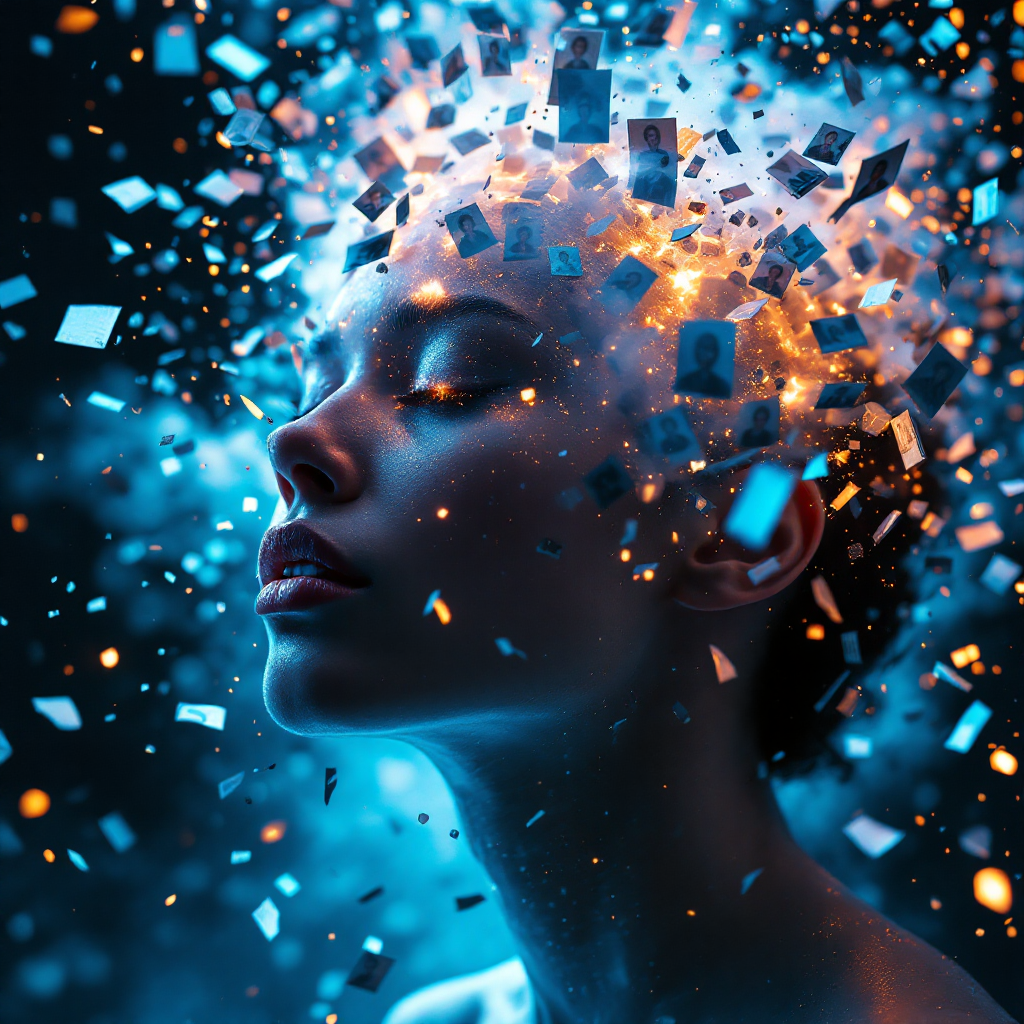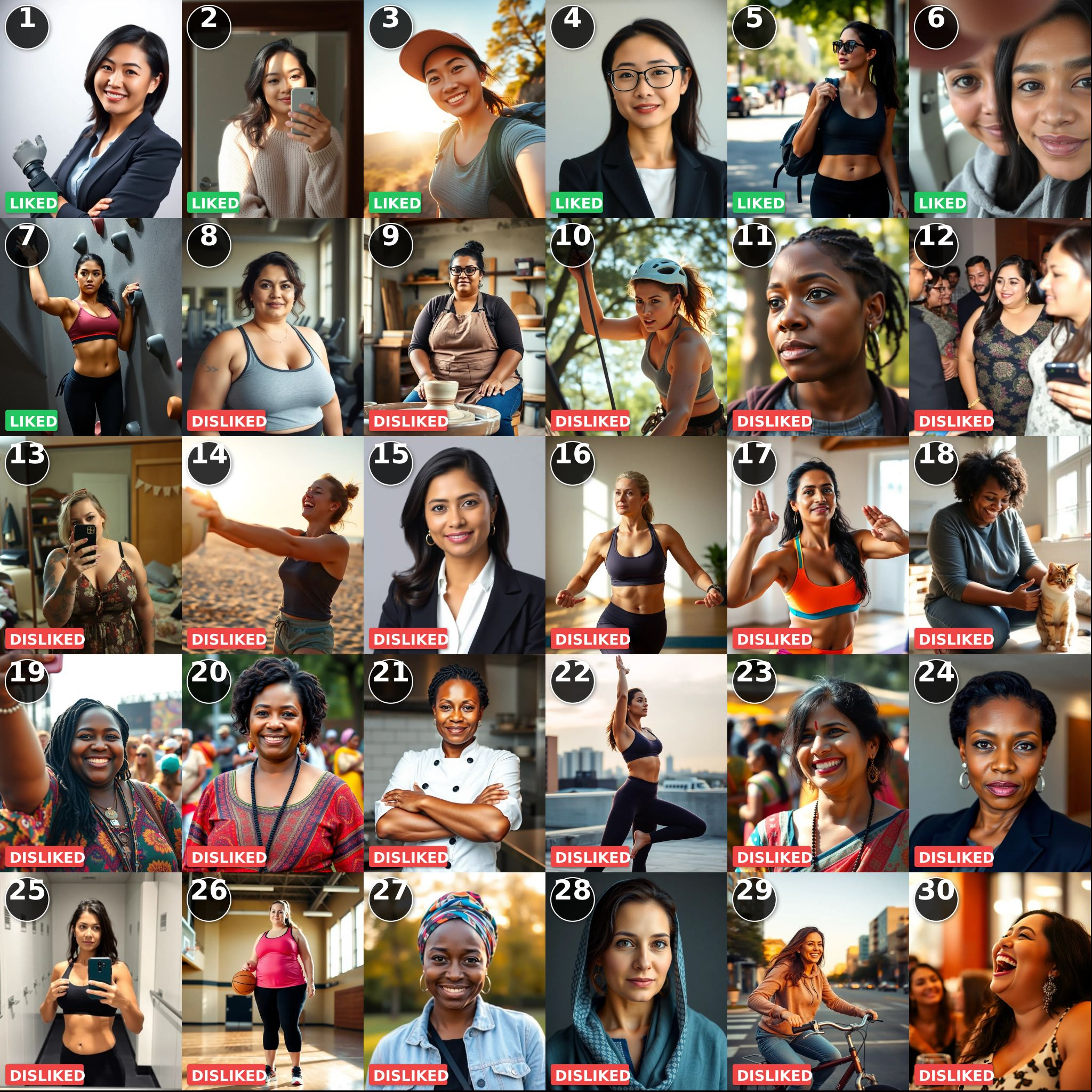Beyond Face Value: How AI Uncovers Preferences You Didn't Know You Had

This isn't really a blog post about Tinder photos. At its heart, it’s about the astonishing ability of AI to detect deep-seated patterns in large datasets—specifically, in images—without any special training or fine-tuning.
We'll use the familiar concept of a dating app to explore something far more profound about how AI can understand human preferences.
Please add the following disclaimer blocks to your text:
Disclaimer: This exploration is born purely out of curiosity and is not intended to be a scientific study. Its methodology and findings are for illustrative purposes only. All images used in this experiment are AI-generated and do not depict real individuals. If you are interested in the details of this study, please feel free to contact me via my blog or LinkedIn.
For decades, we've known about pattern detection. You feed a specialized algorithm massive amounts of data, it churns through it, and restructures itself to predict future outcomes. But that requires intense training. I was curious about something different: could a general AI do the same thing right out of the box, with zero fine-tuning?
I decided to test this with images, and what’s a more universally understood image-based selection process than a dating app? We all know the drill. You sit in front of a screen, see a face, and you swipe right for "yes" or left for "no." It's a simple binary choice that reflects a complex web of personal preferences.
So, I wondered: if I started swiping, say on 20, 30, or 50 images, would the AI be able to figure out my "type"? Could it identify my ideal dating pattern? I ran the test, and the results were staggering.






